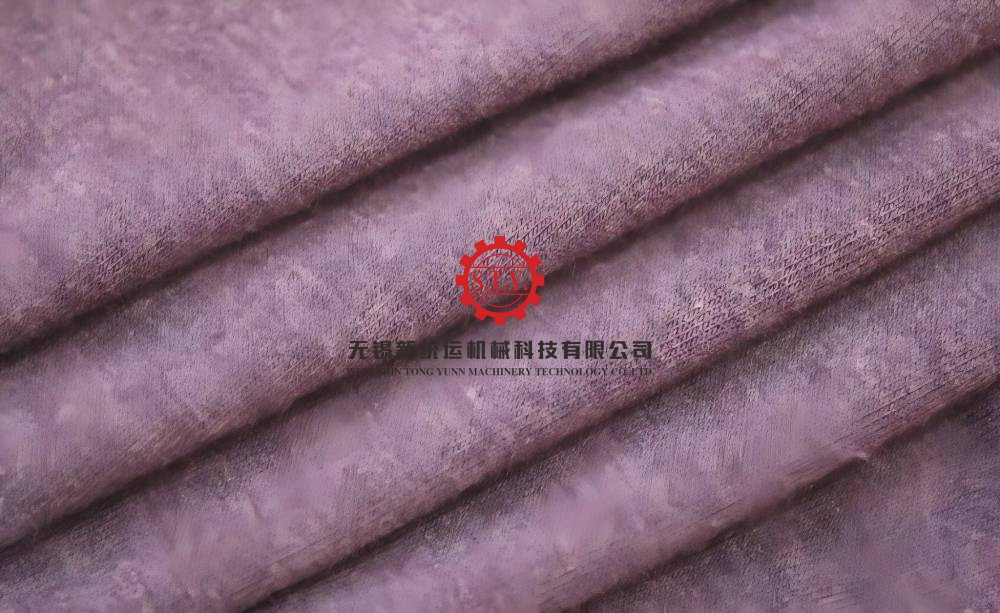Acrylic, known as "Orlon" in the United States and "Acrilan" or "Cashmilon" in other countries, it is the commercial name for polyacrylonitrile in China. It's one of three major types of synthetic fiber, ranking third in production after polyester and nylon. Soft, lightweight, warm, corrosion-resistant, and lightfast short fiber similar to wool, with lower density than wool, earning its nickname "artificial wool."
PERFORMANCE OF ACRYLIC
Form
The form varies with solvent and spinning method. The longitudinal surface of acrylic fiber has a few grooves. Fibers spun by the dry method have a dumbbell-shaped cross-section, while those spun by the wet method (using NaSCN as the solvent) are round.
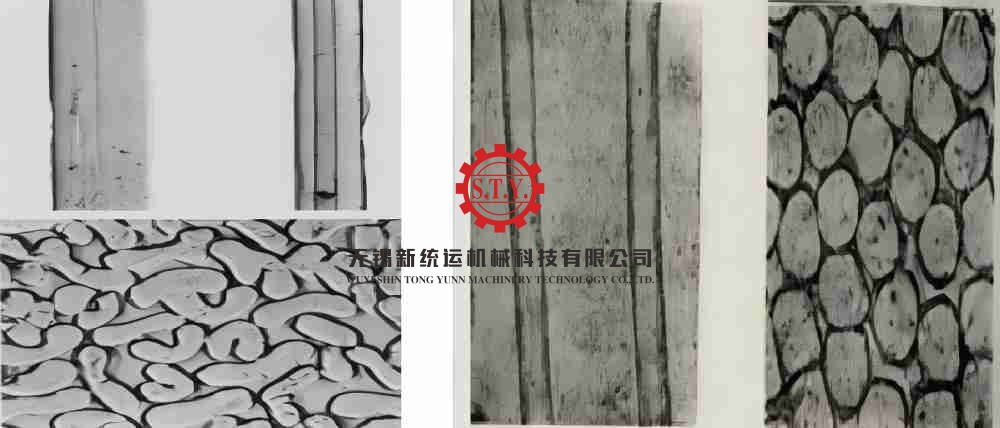
Strength, Elongation,Elasticity
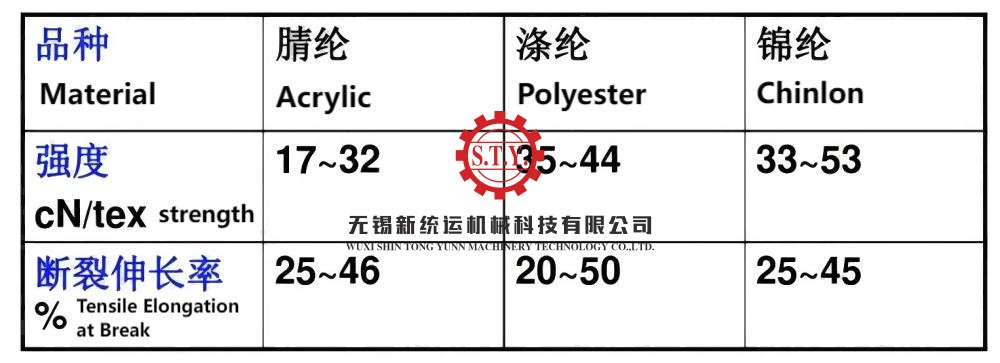
Acrylic fiber is fluffy, curly, and soft with good elasticity. However, it has large residual deformation after multiple stretches, making the cuffs and collars which is knitted or woven by arcylic prone to deformation.
Compared to wool:
- more than 10% lighter but more than twice as strong.
- resilience is approximately equal to wool when stretched slightly.
- Wool's resilience exceeds acrylic during wear.
Moisture Absorption and Dyeability
Due to its tight structure, acrylic fiber has low moisture absorption, with moisture regain of about 1.2-2.0% under normal atmospheric conditions. Its dyeability is poor but improves with the introduction of second and third monomers.
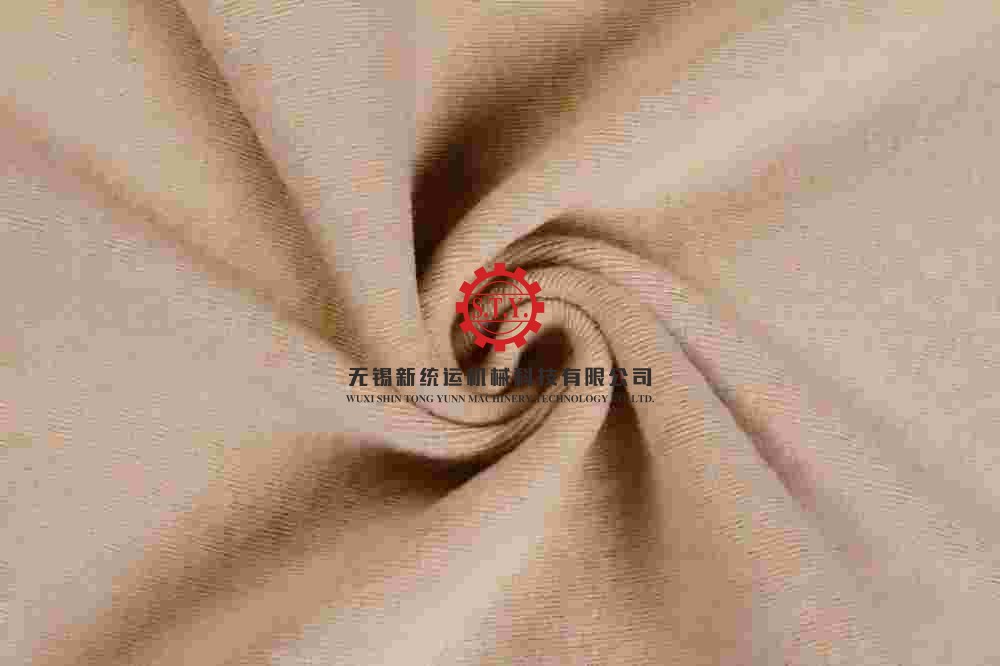
Thermal Conductivity and Heat Resilience
Heat Resilience:Rapidly cooling fiber under tension condition, fixing it with large internal stress, fiber is latent shrinkage when exposed to heat, that is heat resilience.
High-Shrinkage Acrylic Fiber:Fibers forced to stretch thermally under external force and possess heat elasticity.
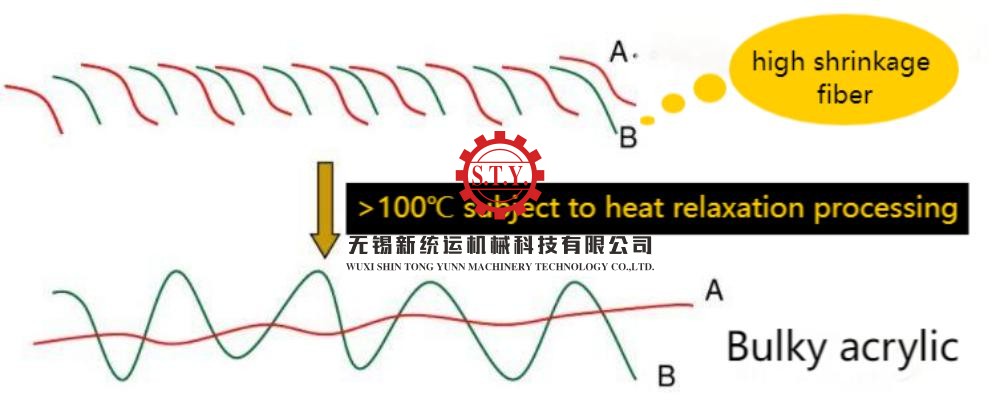
Acid and Alkali Resistance
Acrylic fiber is acid-resistant but relatively sensitive to alkalis.
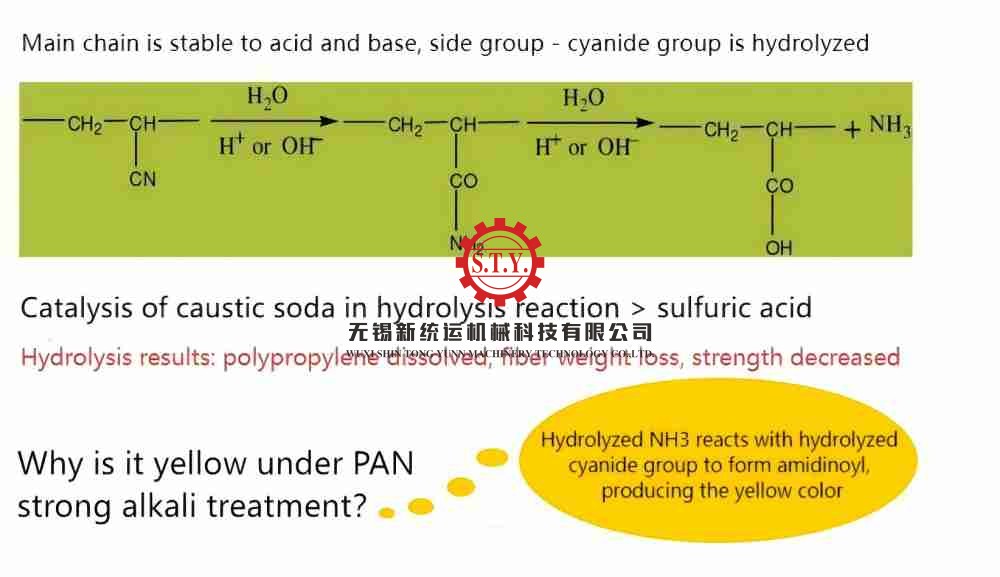
Lightfastness
Acrylic fiber excels in lightfastness and weather resistance, ranking best among common textile fibers. After one year of outdoor exposure, its strength decreases by only 5%, and its resistance to sunlight is twice that of wool and ten times that of cotton. Therefore, acrylic fiber is ideal for outdoor fabrics.
Other Properties
Acrylic has good heat resistance, with ironing temperature of 130-140°C. It with mold-resistant and insect-proof, but it has poor wear resistance and dimensional stability. Acrylic with relatively low density.
ACRYLIC FABRIC
100% Acrylic Fabric
Made entirely of acrylic fiber. For example, worsted acrylic women's suit fabric made of 100% wool-type acrylic fiber has loose structure, vibrant color, soft and elastic handfeel, and texture that is neither loose nor worn out, suitable for making mid-to-low-end women's clothing. Using 100% acrylic bulk yarn as raw material, plain or twill acrylic bulk coat fabric can be produced, featuring full handfeel and the characteristics of a wool-like fabric that is warm and lightweight, suitable for making coats, casual wear, etc., for spring, autumn, and winter.
Note: if dyeing high bulky acrylic hank yarn need use cabinet hank yarn dyeing machine; if dyeing solid acrylic hank yarn can use normal temperature hank yarn spray dyeing machine
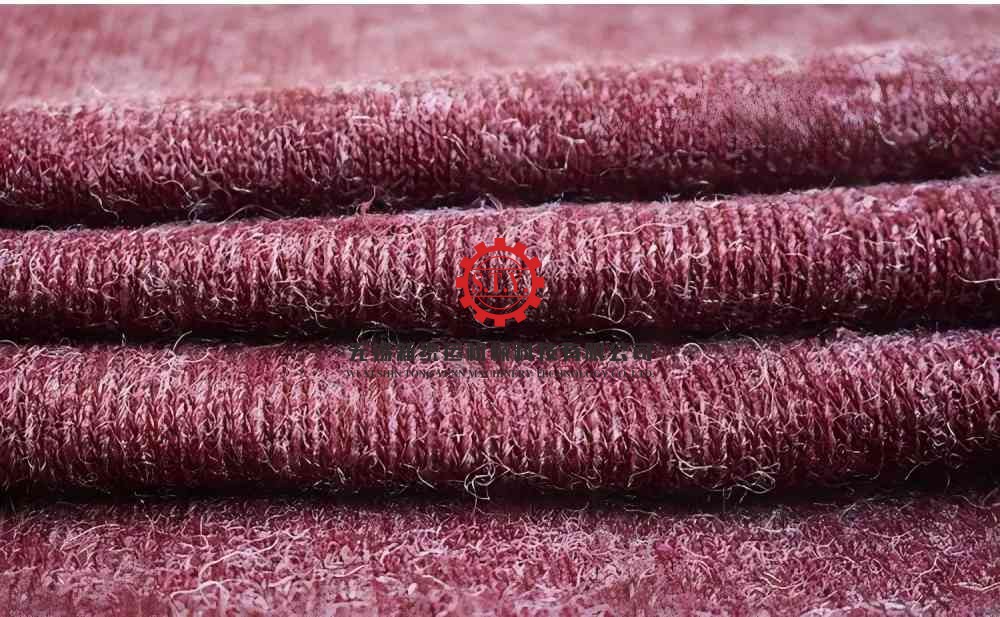
Acrylic Blended Fabric
Fabric blended with wool-type or medium-staple acrylic fiber and viscose or polyester. It includes acrylic/viscose gabardine, acrylic/viscose women's suit fabric and acrylic/polyester tweed. Acrylic/viscose gabardine, also known as Oriental gabardine, is a 50/50 blend of acrylic and viscose, featuring thick and tight fabric body, durability, smooth and soft surface similar to wool gabardine, but with poor elasticity and easy wrinkling, suitable for making inexpensive pants. Acrylic/viscose women's suit fabric is an 85/15 blend of acrylic and viscose, often woven in crepe weave, with slightly hairy surface, vibrant color, lightweight, good durability and poor resilience, suitable for making outerwear. Acrylic/polyester tweed is 40/60 blend of acrylic and polyester, processed in plain or twill weaves, featuring flat and stiff appearance, durability and wrinkle resistance, but poor comfort, making it suitable for making mid-range outerwear and suits.
